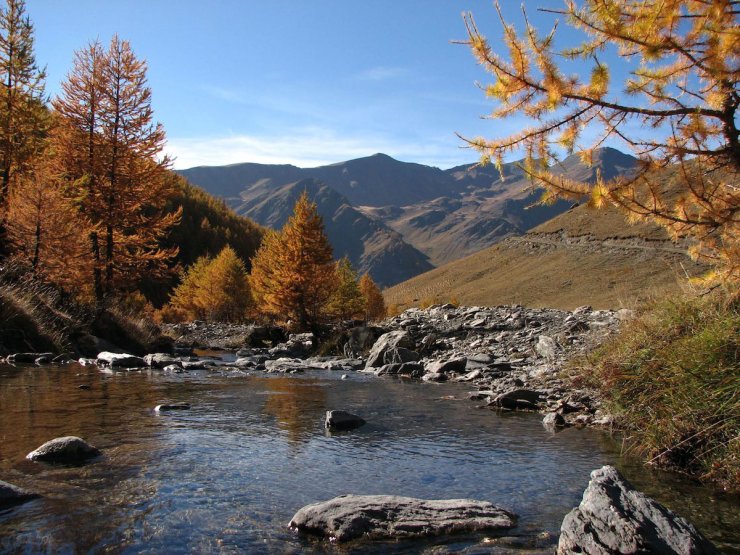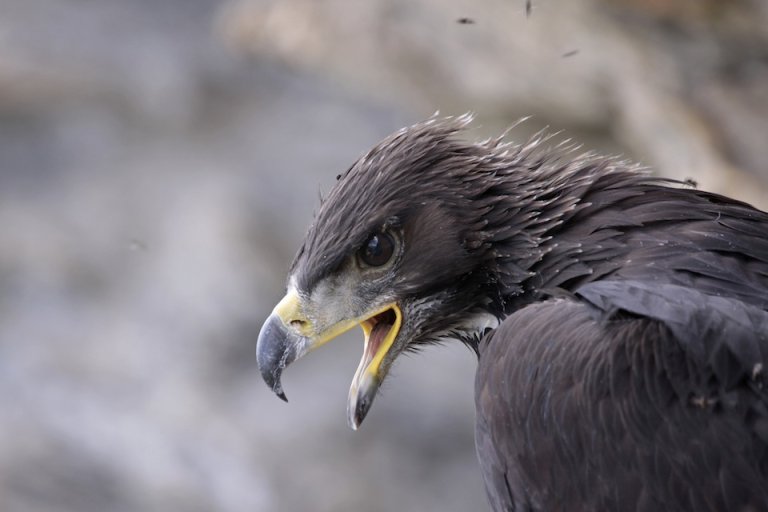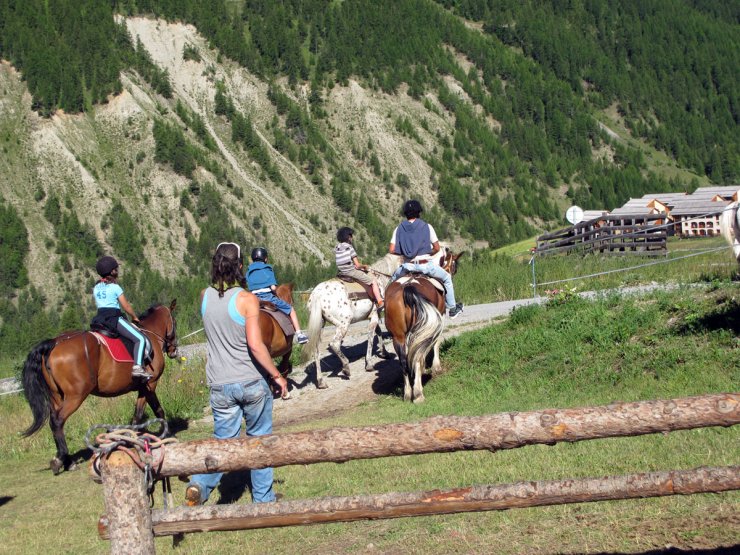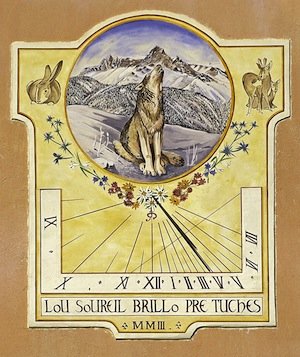
The Queyras jewel of the Hautes Alpes
Of all the regions in the Hautes Alpes, Queyras is the highest. Its average altitude is close to 2,000 m, and 60% of its inhabitants live above 1,600 m. Thanks to its sunny climate, the village of Saint-Véran, Europe's highest commune, occupies a site at 2,040 m altitude.
However, the bottom of the Guil valley, the impetuous and sometimes devastating torrent that drains the Queyras, is occupied by villages located at relatively low altitudes, between 1250 m and 1600 m.

Unspoilt nature

Separated from Italy by high passes and from the rest of the Hautes Alpes department by the Guil gorges (the present road was only built in 1855), Queyras has long been an isolated rural territory whose flora and fauna have been remarkably well preserved.
Chamois, mouflons and marmots delight young and old alike, while it's not uncommon to see an eagle circling high in the sky or a griffon vulture no doubt from the Drôme, one of the Hautes Alpes' neighbouring departments. The rich flora is an inexhaustible spectacle when summer comes and the mountains are decked out in a thousand colors. The complex geology of the Queyras fascinates specialists and the curious alike.
Summer and winter activities in the Queyras
In winter, downhill skiing, cross-country skiing and ski touring in the Queyras mountains allow everyone to devote themselves to their favorite discipline. And for variety, snowshoeing, dog-sledding or ice-climbing are just some of the ways to discover the mountains.
In summer, you can alternate between mountain biking, horse riding, accrobranche, paragliding and via ferrata. With the GR 58 Tour du Queyras, more than thirty lakes, twenty passes and as many mountains to climb, some of which exceed 3000 m, the Queyras offers an almost infinite variety of walks and hikes for all levels.

History and heritage

Those interested in history and heritage can visit Fort Queyras, a medieval citadel in the Hautes Alpes redesigned by Vauban, the school museum in Arvieux, the costume museum in Abriès or the Soum museum in Saint Véran. They can also tour the villages in search of the many sundials that adorn their facades, or visit the remains of the Clausis copper mine in Saint Véran.